Also, their airport is as far away from the city center as Houston's IAH is.
They bring that up all the time as an argument for high speed rail: that train’s total trip time is faster because the station is in the city center whereas the airport is in the outskirts. This of course, ignores that most people would still have to travel to a HSR station in the city center and that the only reason why those stations are in what is now the city center is because they were built hundreds of years ago. Paris' stations, for example, were all built in the outskirts of 19th century Paris:
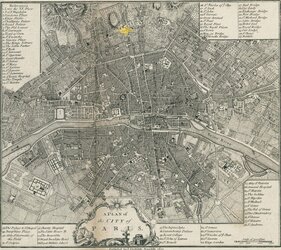
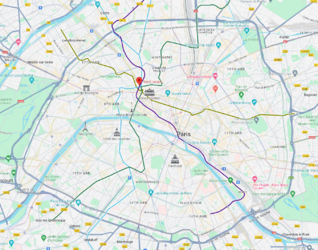
The place I've highlighted is Saint Lazare, which today is a large train station in the center of Paris, but in
the circa 1800 map (archive), it's a cemetery located on the edge of town.
Many young cities have centrally located airports (e.g. DFW, PHX):
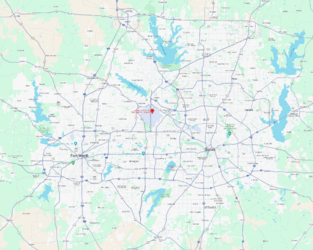
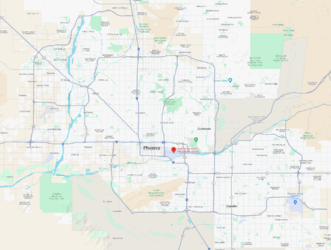
and most new railways stations are built on the outskirts. For example, Shanghai's HSR station is located next to the airport, 10 miles from the city center.
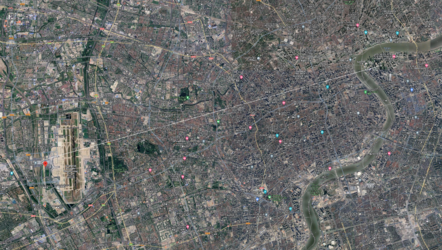
Even in New York City, an airport is closer than an Amtrak station for much of the city (NYC is more than just Manhattan!):

Ironically, the plan for the Dallas-Houston HSR line includes razing half of downtown Dallas (the convention center area) rather than building the station on empty land at the airport like Brightline did in Orlando and China did in Shanghai. The urbanists want it to stop in downtown no matter the cost despite DFW being a much more convenient location for everyone who doesn’t live downtown. They’ve managed to piss off a major real estate developer by derailing their plans to build a massive mixed-use complex as well as half of the city council.
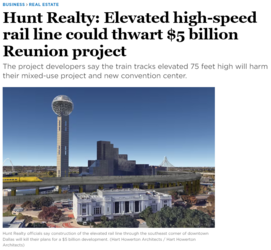
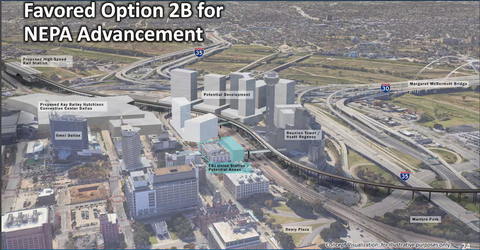 Source (Archive)
Source (Archive)
They also want a Dallas-Fort Worth HSR line supposedly to connect Fort Worth to Houston, but they let it slip that the real reason they want it is to allow the handful car-free people in Dallas’ upscale walkable neighborhoods to get to concerts at the stadiums in Arlington (I would have said games, but we all know that the soys don’t watch sports). The stop in Arlington brings the average speed of the proposed Shinkansen train below (Texan) highway speed:
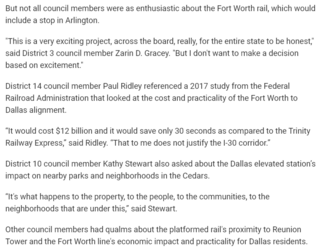 Source (Archive)
Source (Archive)
Honestly, building car-only express lanes with autobahn speed “limits” in the medians of I-35, I-45, and I-10 would be cheaper and result in faster travel times. Texans already drive at 80-95 on those roads, a factor not taken into account when computing the time “savings” of a potential HSR train. Imagine driving between cities at the gentleman’s speed of 155 mph.




































